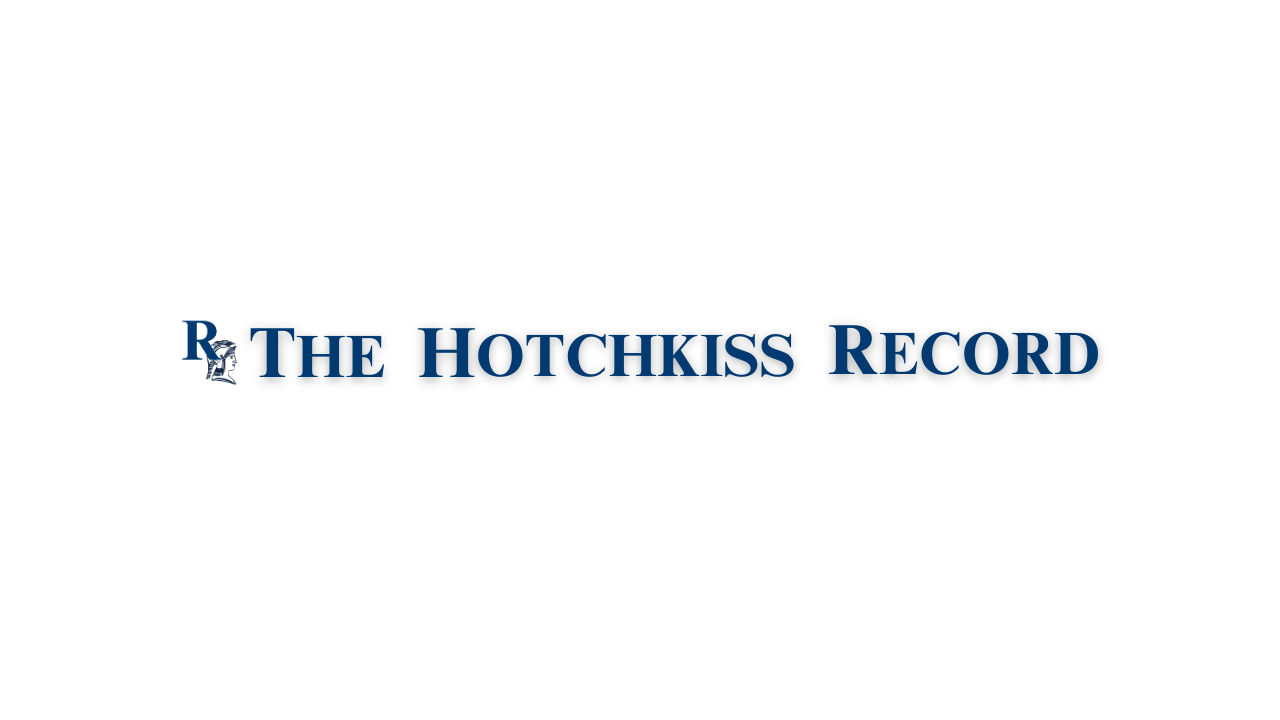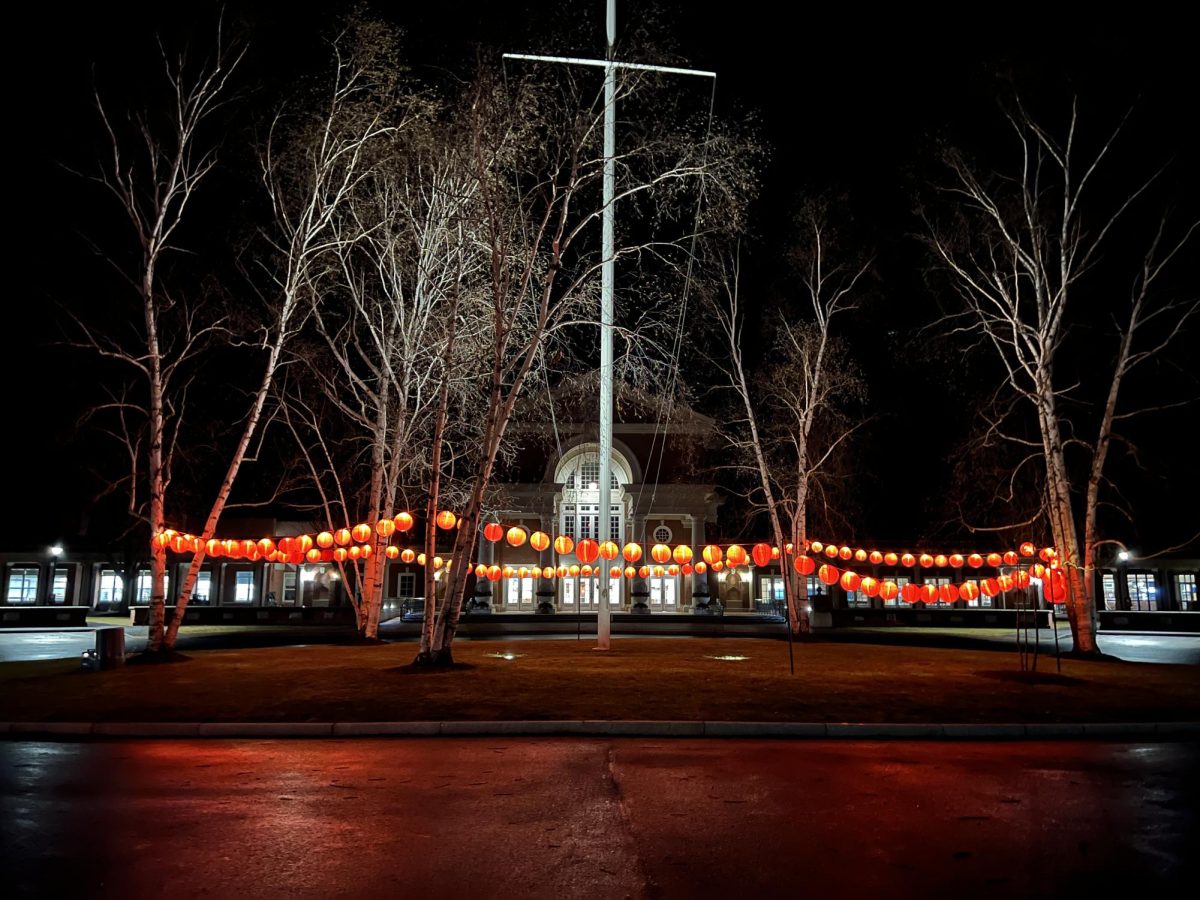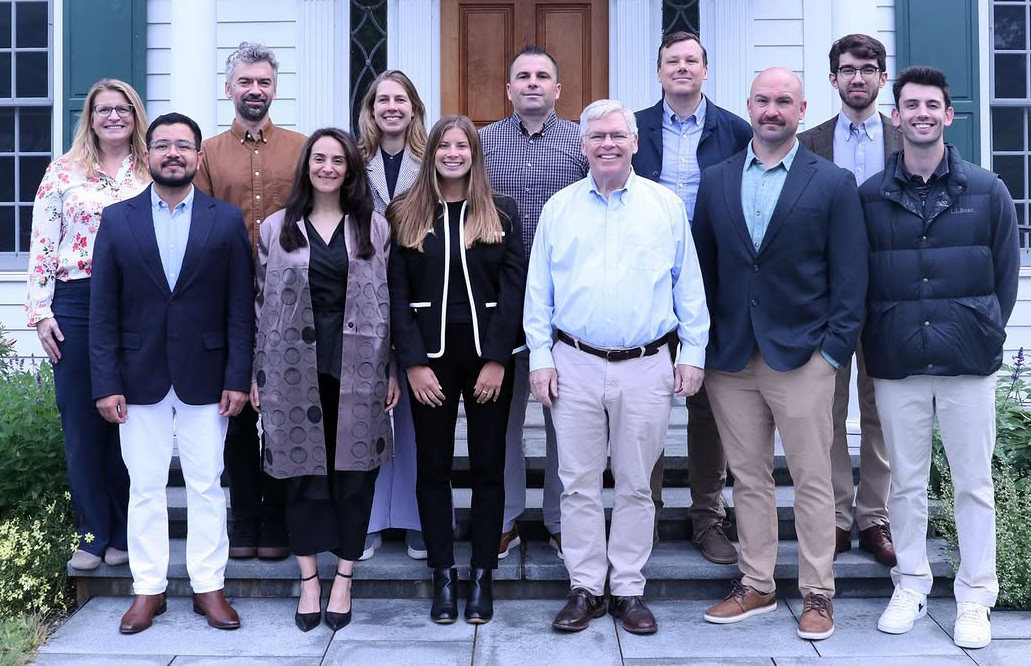For many cultures around the world, the year begins with the first new moon of the lunar calendar in January or February. The Lunar New Year is one of the most important holidays in many countries in Asia.
In Korea, the new year is called Seollal. Family members gather to eat special foods, offer words of goodwill, and play traditional games such as yut-nori. “It’s a time of rejoicing and reconciliation, and an opportunity to reflect on our ancestral and cultural heritage,” Remy Lee ’26 said.
In China, Lunar New Year decorations are always bright red. Ms. Jingxia Yang, instructor in Chinese, said, “The New Year celebration involves setting off firecrackers, cleaning the house, and sharing a New Year’s Eve dinner with family. Of course, my favorite part of the festival as a kid was receiving red envelopes [which contain money] from my grandparents.”
Alex Zhang ’24, co-head of Chinese Club, said, “I think the Lunar New Year is a great opportunity to take the time to appreciate those around us.”
Celebration of Lunar New Year is a recent addition to the school’s traditions. Mr. Thompson, director of international programs, said, “There was little awareness that Lunar New Year was a major event that we should celebrate until we started a Mandarin program in 2002.”
Every year, Chinese Club puts together a Lunar New Year performance for All-School Meeting that includes singing, dancing, and instrumental performances. Alongside Korea Club, it also brings karaoke, traditional games and snacks to the Student Center.
On Lunar New Year, Dining Hall staff collaborate with parents to prepare a special dinner for the community, which last year included dumplings and gimbap (seaweed rice rolls).






